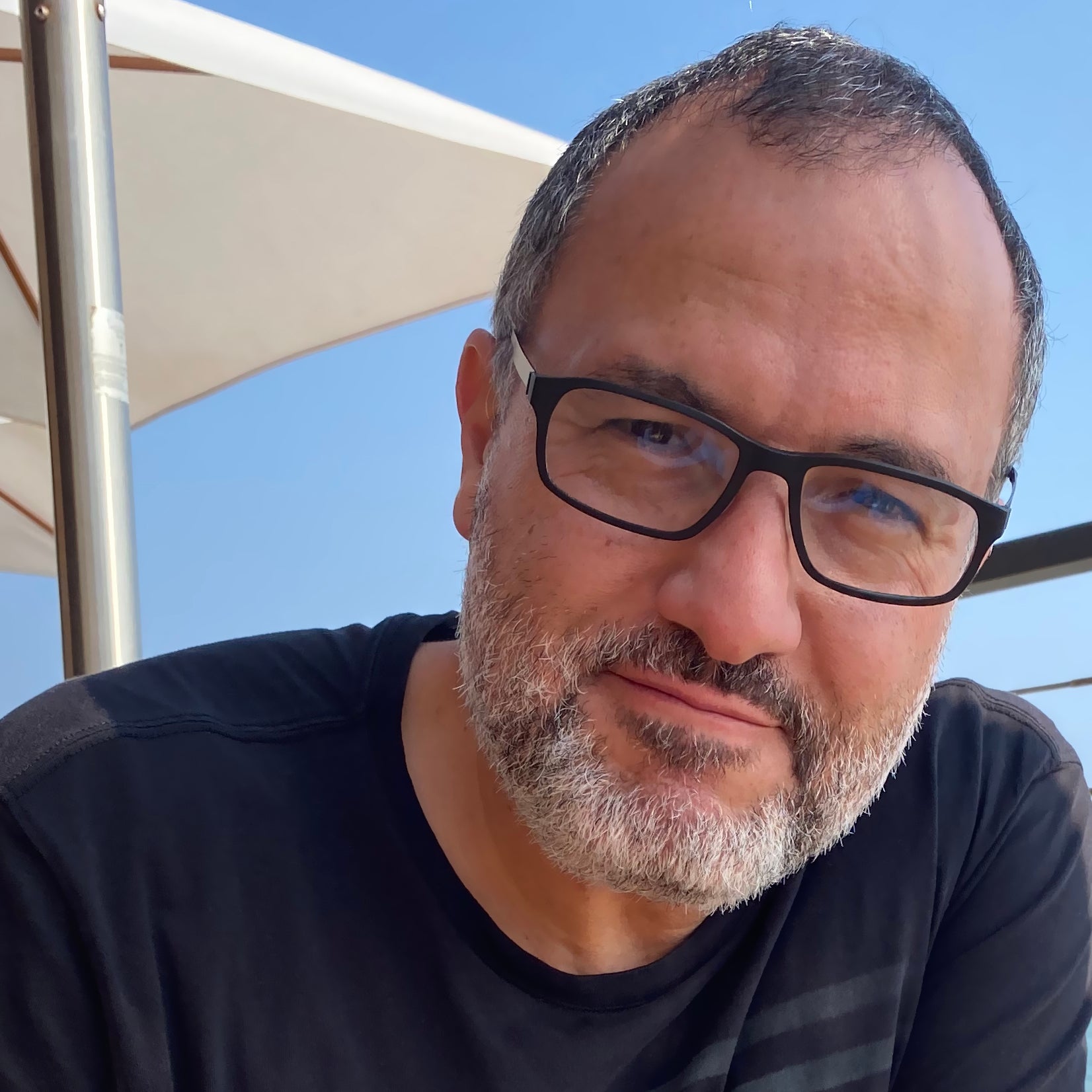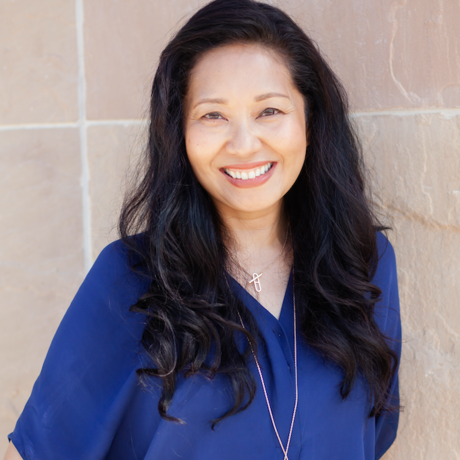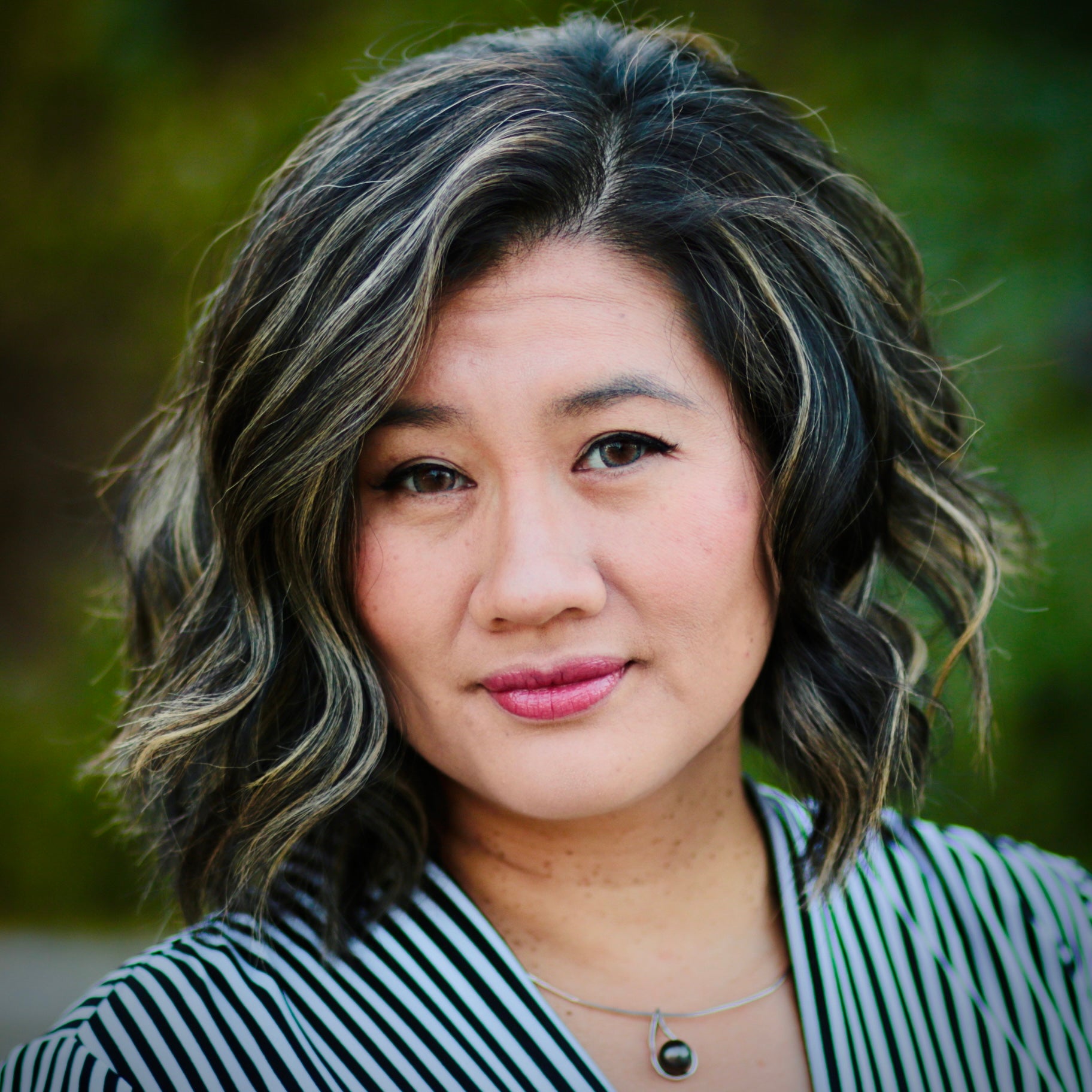Rachel Rose
R&D Supervisor
Industrial Light & Magic (ILM)
Tell us a bit about yourself – how did you get your start in visual effects and/or animation?
When I was young, I always thought I wanted to be an entertainment lawyer because of my love of the entertainment industry, but I was also fascinated by computers. When I went to college at Grinnell College, I realized how much I loved computer science and how collaborative the subject is. I decided then to pursue a Ph.D. in computer science from the University of Wisconsin-Madison. While in graduate school, I took a computer graphics class and realized the power there; that led to internships at Rockstar Games, which then led to my job at Industrial Light & Magic (ILM). I started as an R&D Engineer at ILM right after finishing my Ph.D. and continue to love the work I do there at the intersection of art & science.
What do you work on currently?
I am an R&D Supervisor at Industrial Light & Magic now. I co-manage the R&D team and supervise technical work in the development of high-quality digital creatures, fx, and crowds. I also supervise the development of our virtual production suite of tools called StageCraft.
What has been your favorite film or show to work on and why?
This is such a hard question! It’s hard to pick just one. What about two?
Early in my career, I worked on Gore Verbinski’s Rango (2011). This was the first fully-animated feature film that Industrial Light & Magic ever worked on. I had the opportunity to work with an excellent team of technologists and artists to extend our proprietary facial animation system, Fez, to bring to life more than 100 unique animated characters in the movie. The whole movie was a great combination of difficult technical challenges, innovation, and a fantastically diverse team. And it doesn’t hurt that I love the movie!
More recently, I was very lucky to be a Virtual Production CG Supervisor on the first season of The Mandalorian (2019), specifically overseeing the technology development for the show. The Mandalorian employed exciting new virtual production technology that we call StageCraft that uses a stage ringed with LED screens displaying photoreal environments rendered perspective correct in real-time. The work required a mix of hardware and software solutions that are able to work reliably on a live action set. Pushing this technology forward, working with our technology partners, and learning from the key creatives on the show was a highlight of my career!
What do you like about open source software? What do you dislike?
I’m a fan of collaboration and believe computer science is only enhanced by working with others with diverse opinions. Open source software directly embraces this idea. It allows everyone to contribute to how software develops. Open source software also contributes very practically to the film industry by laying a common foundation for work that is often shared or reinvented at every different studio.
What is your involvement within the Academy Software Foundation? Can you sum up your experience so far?
I was absolutely thrilled when I heard about the formation of the Academy Software Foundation (ASWF). Software development in our industry is so fast-paced, and studios often rely on open source projects as a foundation for their work. So I’ve been a very happy community member, watching how the ASWF has supported, pushed, and standardized projects that we all depend on. The ASWF has quickly become indispensable in my day-to-day work for helping guide this common foundation.
What do you think is the biggest challenge facing open source developers/projects across the industry?
Open source software is only as good as its community. Finding ways to continue to grow, support, and encourage engagement within the community is tantamount. That being said, like many parts of the technology world, the open source community in general is not as diverse as it could be. As is evidenced by the current state of the industry, diversity is not an easy thing to achieve, but a strong focus on the topic can move the needle. I think it’s incumbent on all of us to continue to push this effort by all means possible to make this a more representative industry to work in.
How do you think the Academy Software Foundation can help solve that challenge?
The Academy Software Foundation (AWSF) has been able to bring the power of an impressive number of companies and studios together to support software of mutual benefit. While issues of diversity are not going to change overnight, the AWSF is in a unique position to be able to employ this same powerhouse towards the issue of diversity, providing much needed resources for engagement by the community. I’m very excited to be co-chairing the new ASWF Diversity & Inclusion Working Group with Carol Payne, and we look forward to working with others to help drive change.
What advice would you offer other developers or software engineers interested in getting started with the Foundation?
The Academy Software Foundation is open to everyone! You can start by simply looking over what is on the website, following the blog, and/or joining the mailing lists and Slack channels. I’d suggest picking one open source project from the ASWF to follow closely, and you’ll quickly find ways to contribute!




